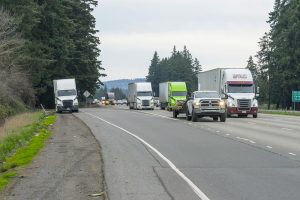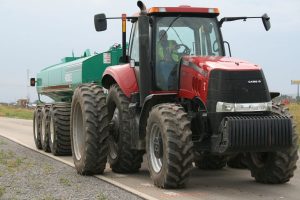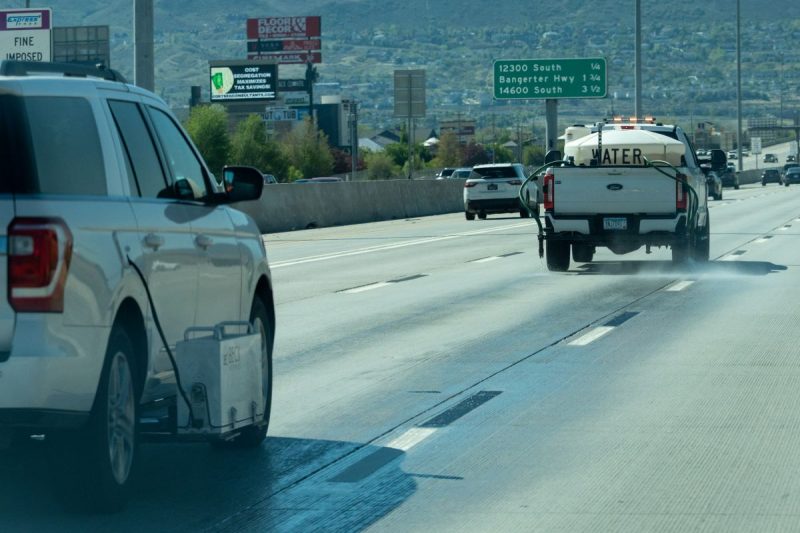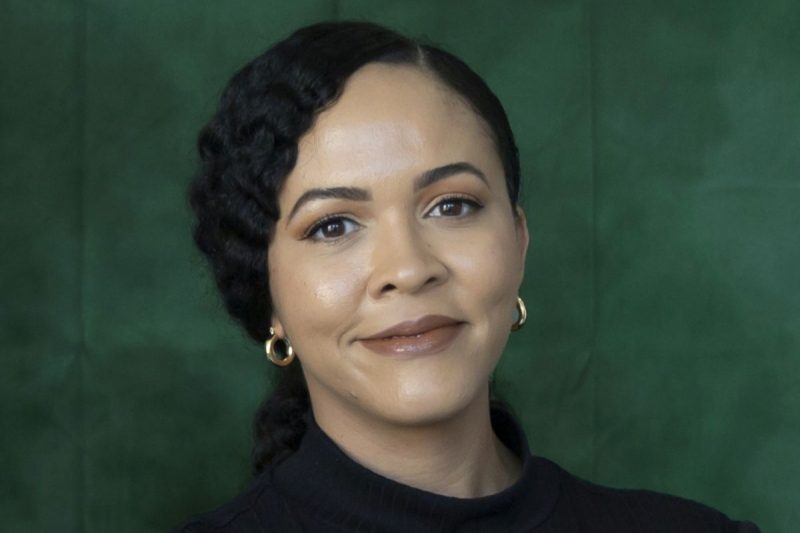Steven Shladover has been interested in transportation since childhood. Growing up in the New York City metropolitan area, where his father worked for Pan American Airways, he had early opportunities to experience the diversity of transportation options in New York and a variety of international cities—as well as to discover their advantages and disadvantages.
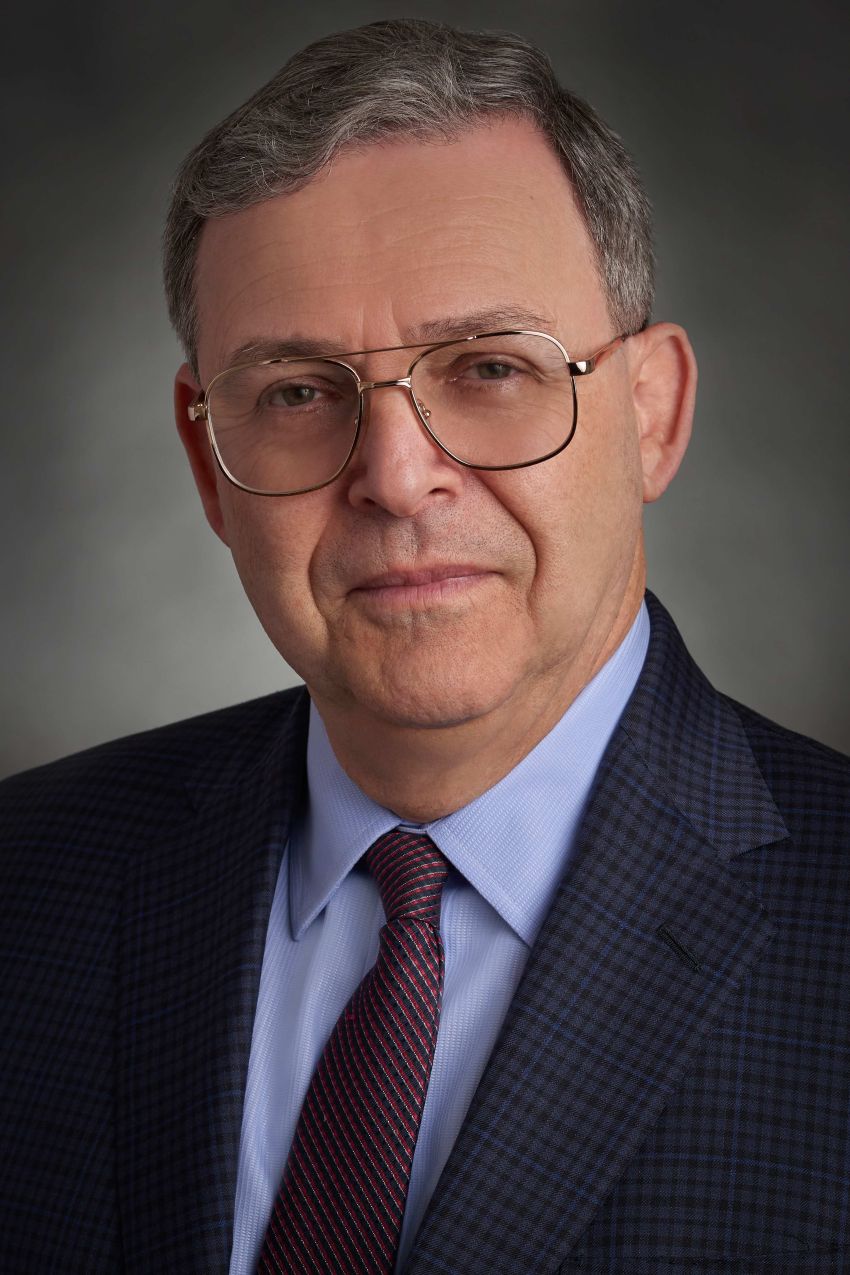
He studied mechanical engineering at the Massachusetts Institute of Technology in Cambridge, specializing in vehicle dynamics and control technology. “In the early 1970s, most people with this kind of technical background went into aerospace and defense industry work,” he says, “but I was interested in developing technologies that could directly improve peoples’ everyday lives.” Summer internships in the aerospace industry—despite the excitement of working on the Apollo lunar lander during the time of its first Moon landing—convinced him that this area was not where he wanted to focus his career. He became aware of transportation as a technical field through a senior-year elective class in the Civil Engineering Department, which led to graduate studies that spanned mechanical and civil engineering. In 1973, he wrote his master’s degree thesis on applying optimal control theory to automatic steering control of vehicles. In 1978, the focus of his doctoral thesis was a multidisciplinary study of automated vehicle platooning.
After completing graduate school, Shladover spent 11 years working for a Silicon Valley research and development company, where he led projects on transportation applications that included rail vehicle dynamics, operational analysis of railroad yards and intermodal terminals, highway automation, and inductive power transfer to enable recharging of battery electric vehicles on the fly. The latter two projects led to a collaboration with the University of California, Berkeley’s Institute of Transportation Studies—with sponsorship from the California Department of Transportation—to create the Program on Advanced Technology for the Highway, or PATH (now called Partners for Advanced Transportation Technology). In 1989, Shladover joined PATH as its technical director, and he continued working there in research leadership positions until he retired in 2017. He has maintained a part-time research appointment ever since.
At PATH, Shladover participated in the work of the Mobility 2000 initiative to create a national program on what was initially called intelligent vehicle–highway systems (now known as intelligent transportation systems, or ITS), and has served on multiple national committees to develop strategies for ITS. He led PATH’s pioneering research on road vehicle automation, including its participation in the National Automated Highway Systems Consortium in the late 1990s, culminating in its Demo ’97 (held in August of that year in San Diego, California) and subsequent automated driving demonstrations in Japan and the Netherlands. This research extended well beyond the technological elements into consideration of the human factors, transportation system impacts, and policy implications of automated driving. “Transportation is a particularly interesting research area because of the integration of technology, human factors, economics, and public policy to produce viable solutions to real-world problems,” he explains. With that in mind, his more recent work has focused on regulations governing the safety of automated driving and technical standards for collision warning, collision avoidance, and driving automation systems.
Shladover joined the Highway Research Board—today’s Transportation Research Board (TRB)—as a student affiliate in 1973. “I still have copies of Highway Research News and the Highway Research Record (predecessors of TR News and the Transportation Research Record, respectively) from that time on my bookshelves, as well as more recent TRB publications,” he shares.
To keep up to date with the latest developments in transportation, Shladover began attending the TRB Annual Meeting in 1979 and has joined other transportation professionals in Washington, DC, every year since—with the exception of 1996, when a blizzard paralyzed the city, and 2020 during the COVID-19 pandemic disruption. He has presented papers and participated in TRB panel sessions most of those years, as well.
“We researchers need to know how to explain our research findings and their practical significance to nonspecialists within the general public, as well as those in decision-making positions in the public and private sectors.”
—Steven Shladover
Shladover’s involvement as an active TRB volunteer has been similarly robust. He was a founding member of the Standing Committee on Intelligent Transportation Systems and served as its chair from 2004 to 2010. He was also a founding member of the Standing Committee on Vehicle–Highway Automation and served as chair from 2013 to 2019. He has served on several TRB special study committees and National Cooperative Highway Research Program project panels. In 2024, Shladover and his colleague, Jane Lappin, were recognized with a TRB Outstanding Leadership Award for “extraordinary foresight and dedication in inaugurating and sustaining the Automated Road Transportation Symposia from 2012 to 2024.” Over 13 years, that series of meetings grew from a modest-size workshop into the second largest TRB-sponsored annual event—exceeded only by the TRB Annual Meeting.
Outside of TRB activities, Shladover is a member of SAE International, IEEE, the American Society of Mechanical Engineers, and ITS America. His work with SAE International includes establishing technical standards. He was also a member of the U.S. Department of Transportation’s Transforming Transportation Advisory Committee, which provided guidance in 2024 to then U.S. Secretary of Transportation Pete Buttigieg.
“Having had the benefit of more than 50 years of experience working on road automation systems,” Shladover notes, “I sometimes need to provide the voice of reason to counteract the hype that often accompanies discussions about automated driving.” He shares the wisdom of that experience with younger colleagues and students by advising them to participate in TRB activities so that they can keep abreast of the latest developments in transportation. “I encourage them to meet the leading thinkers in the transportation world,” he explains, “not just during conference sessions but also at committee meetings and receptions, where there are opportunities for real discussions of the issues.”

